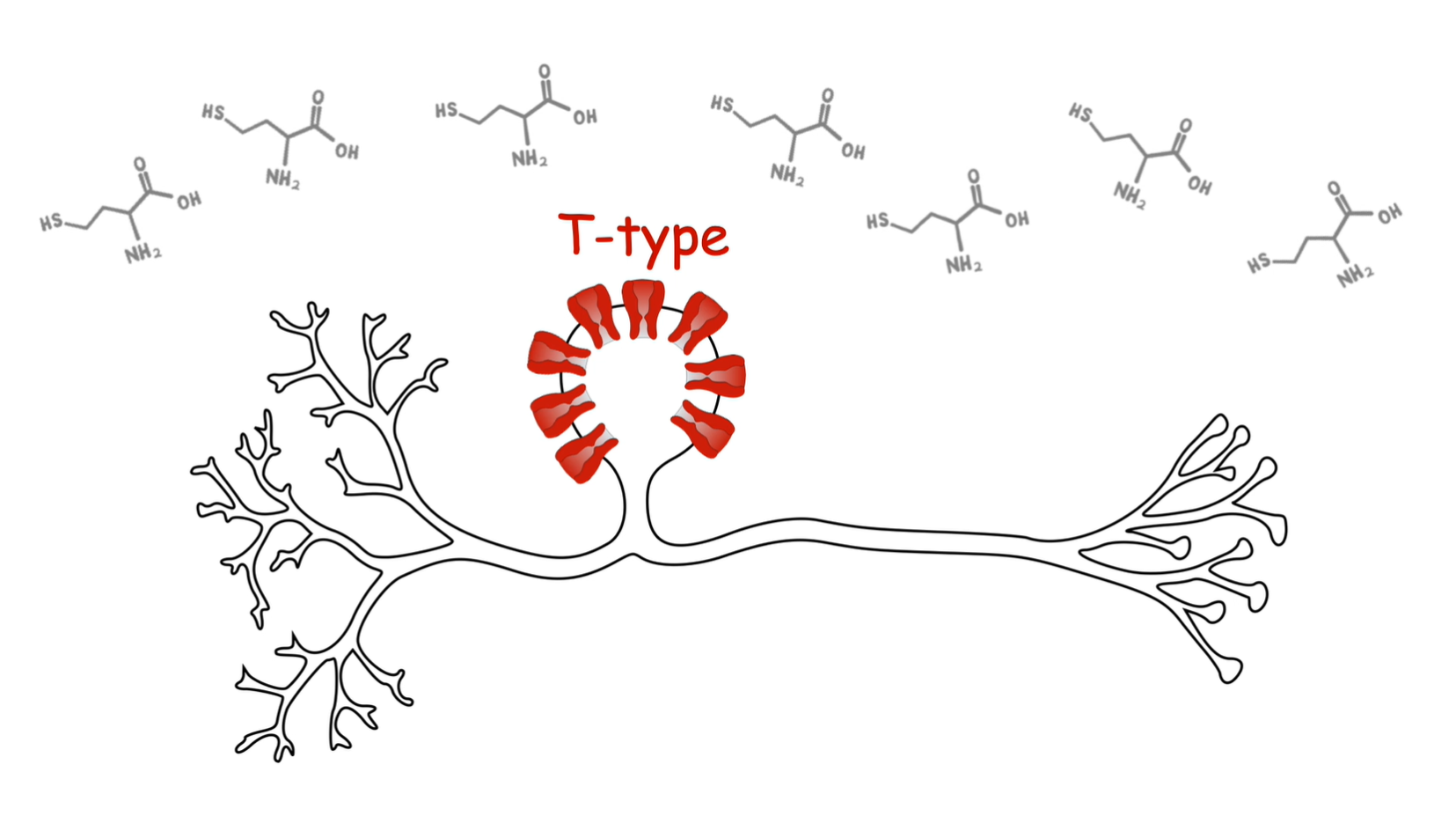
Chronic pain affects between 30 and 50% of the world population and represents a significant burden for patients, society, and healthcare systems. Clinical observations suggested that people with pre-existing metabolic abnormalities are at higher risk of developing chronic pain. Scientists from IOCB Prague have now established the causal association between homocysteinemia and chronic pain.
Homocysteinemia refers to elevated blood levels of homocysteine, a metabolic intermediate in the conversion of methionine to cysteine. Homocysteinemia may be due to genetic predispositions or deficiencies in B vitamins especially vitamin B6, B9, and B12.
Combining behavioral studies with a rat model of chronic homocysteinemia and electrophysiological measurements, the team of Norbert Weiss at IOCB Prague, in collaboration with scientists at the University of Calgary (Canada) and University of Kazan (Russia) demonstrated that homocysteinemia is causally linked to the development of mechanical allodynia, a type of pain triggered by stimuli that do not usually provoke pain.
This increased sensitization was caused by the up-regulation of the pronociceptive T-type calcium channel via a signaling pathway that required the phosphorylation of the channel by a protein kinase C resulting in an increased density of the channel protein in the plasma membrane of pain-sensing neurons.
This study published in the journal PAIN is the first to demonstrate the causal implication of homocysteinemia in the development of pain syndromes and may have several important clinical and therapeutic implications. Importantly, dietary supplementation with vitamin B-complex and folic acid that are known to normalize homocysteine levels may potentially be effective in the treatment of painful syndromes associated with homocysteinemia while being devoid of adverse effects and represent an interesting alternative to conventional analgesics that often are ineffective in the treatment of chronic pain.
Original paper: Gaifullina, A.S.; Lazniewska, J.; Gerasimova, E.V.; Burkhanova, G.F.; Rzhepetskyy, Y.; Tomin, A.; Rivas-Ramirez, P.; Huang, J.; Cmarko, L.; Zamponi, G.W.; Sitdikova, G.F.; Weiss, N. A potential role for T-type calcium channels in homocysteinemia-induced peripheral neuropathy. PAIN 160(12):2798–2810, DECEMBER 2019, doi:10.1097/j.pain.0000000000001669



